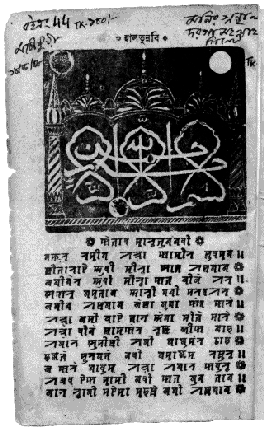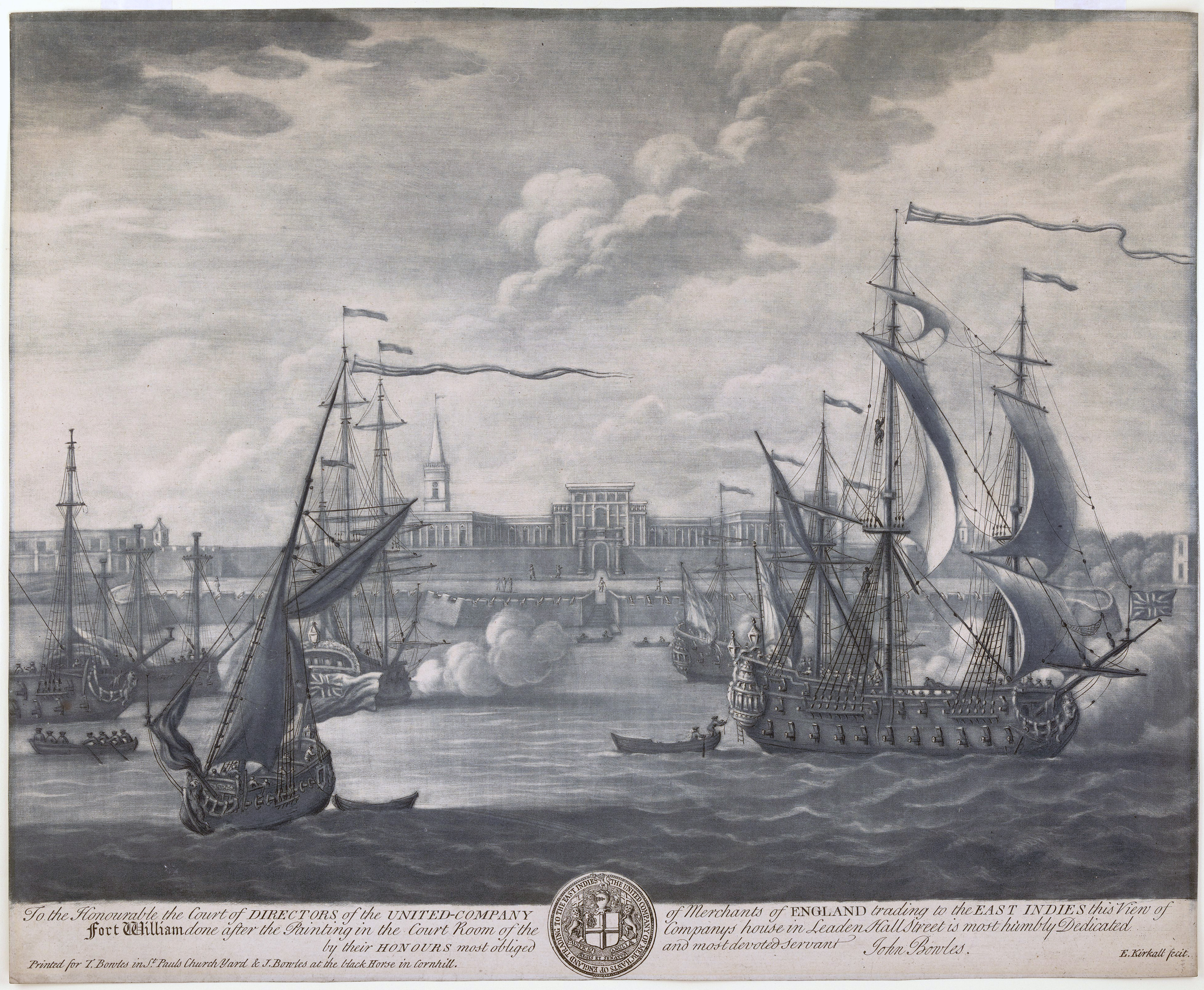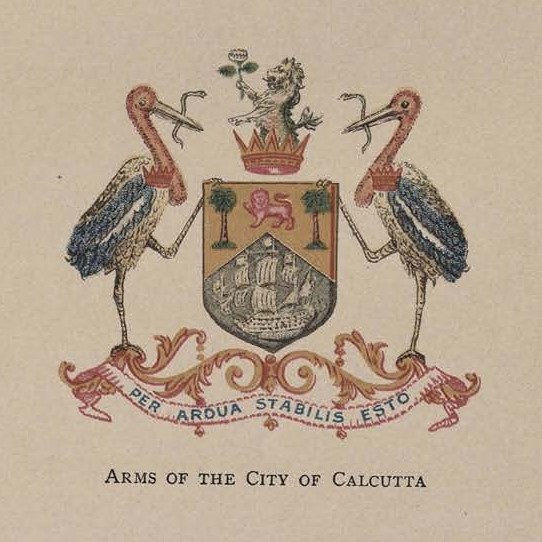|
Sylheti Nagari
Sylheti Nagri or Sylheti Nagari ( syl, , ISO: , ), known in classical manuscripts as Sylhet Nagri (, ''Sileṭ Nagri'') amongst many other names (see below), was an Indic script used to write the Sylheti language and Eastern Bengali languages. The script was historically used by Muslims from Bihar Province of British India in areas of Bengal and Assam Province that were east of the Padma, primarily in the eastern part of the Sylhet region, to document Muslim religious poetry known as '' puthis''; having no presence in formal documentations. In the course of the 20th century, it has lost much ground to the standardized Eastern Nagari script. Printing presses for Sylheti Nagri existed as late as into the 1970s, and in the 2000s, a Unicode font was created for the script. Etymology and names ''Sylhet Nagri'' is a compound of "Sylhet" () and "''nāgrī''" (). ''Sylhet'' is the name of the region in which the script was primarily used and originated from. ''Nagri'' means "of ... [...More Info...] [...Related Items...] OR: [Wikipedia] [Google] [Baidu] |
Sylheti Language
Sylheti ( Sylheti Nāgarī: ; bn, সিলেটি ) is an Indo-Aryan language spoken by an estimated 11 million people, primarily in the Sylhet Division of Bangladesh and in parts of Northeast India."Sylheti is an Indo-Aryan language spoken by about 11 million people in India and Bangladesh (Hammarström et al., 2017). Sylheti is an Eastern Indo-Aryan language, primarily spoken in the Sylhet division of Bangladesh, and in Barak valley, in Assam of the India and in the northern parts of the state of Tripura in India." Besides, there are substantial numbers of Sylheti speakers within diaspora communities in the United Kingdom, the United States, Canada and the Middle East. It is variously perceived as either a dialect of Bengali or a language in its own right. While most linguists consider it an independent language,"Along the linguistic continuum of eastern Indic languages, Sylheti occupies an ambiguous position, where it is considered a distinct language by many and also ... [...More Info...] [...Related Items...] OR: [Wikipedia] [Google] [Baidu] |
Abugida
An abugida (, from Ge'ez language, Ge'ez: ), sometimes known as alphasyllabary, neosyllabary or pseudo-alphabet, is a segmental Writing systems#Segmental writing system, writing system in which consonant-vowel sequences are written as units; each unit is based on a consonant letter, and vowel notation is secondary. This contrasts with a full alphabet, in which vowels have status equal to consonants, and with an abjad, in which vowel marking is absent, Abjad#Impure abjads, partial, or optional (although in less formal contexts, all three types of script may be termed alphabets). The terms also contrast them with a syllabary, in which the symbols cannot be split into separate consonants and vowels. Related concepts were introduced independently in 1948 by James Germain Février (using the term ) and David Diringer (using the term ''semisyllabary''), then in 1959 by Fred Householder (introducing the term ''pseudo-alphabet''). The Ethiopian Semitic languages, Ethiopic term "abugi ... [...More Info...] [...Related Items...] OR: [Wikipedia] [Google] [Baidu] |
British India
The provinces of India, earlier presidencies of British India and still earlier, presidency towns, were the administrative divisions of British governance on the Indian subcontinent. Collectively, they have been called British India. In one form or another, they existed between 1612 and 1947, conventionally divided into three historical periods: *Between 1612 and 1757 the East India Company set up factories (trading posts) in several locations, mostly in coastal India, with the consent of the Mughal emperors, Maratha Empire or local rulers. Its rivals were the merchant trading companies of Portugal, Denmark, the Netherlands, and France. By the mid-18th century, three ''presidency towns'': Madras, Bombay and Calcutta, had grown in size. *During the period of Company rule in India (1757–1858), the company gradually acquired sovereignty over large parts of India, now called "presidencies". However, it also increasingly came under British government oversight, in effect shar ... [...More Info...] [...Related Items...] OR: [Wikipedia] [Google] [Baidu] |
Calcutta
Kolkata (, or , ; also known as Calcutta , the official name until 2001) is the capital of the Indian state of West Bengal, on the eastern bank of the Hooghly River west of the border with Bangladesh. It is the primary business, commercial, and financial hub of Eastern India and the main port of communication for North-East India. According to the 2011 Indian census, Kolkata is the seventh-most populous city in India, with a population of 45 lakh (4.5 million) residents within the city limits, and a population of over 1.41 crore (14.1 million) residents in the Kolkata Metropolitan Area. It is the third-most populous metropolitan area in India. In 2021, the Kolkata metropolitan area crossed 1.5 crore (15 million) registered voters. The Port of Kolkata is India's oldest operating port and its sole major riverine port. Kolkata is regarded as the cultural capital of India. Kolkata is the second largest Bengali-speaking city after Dhaka ... [...More Info...] [...Related Items...] OR: [Wikipedia] [Google] [Baidu] |
Nagar Brahmin
The Nagar Brahmin is a Hindu Brahmin subcaste mainly from the Indian state of Gujarat. Author T. Sasaki says, Among Brahmins in Gujarat Nagar Brahmins were most prominent subdivision in the political, economic and social activities of this region both before and during the British period. They have occupied an important administrative posts in the courts during the time of Gujarat Sultanate and the Mughal Empire. History The Brahmins mentioned in the Nidhanpur and Dubi inscriptions of king Bhaskaravarman bore surnames "which are at present used by Kayasthas of Bengal and Nagara Brahmins of Gujarat", and historians suggest the Bengali Kaysathas may have originated from the same group as Nāgar Brahmins. During the rule of the Caulukya and Vāghela dynasties, the Nāgars held prestigious positions in royal courts along with Jains and other Brahmins. Their occupations included writing Sanskrit literature, performing Vedic rituals, and conducting royal funerals; they wer ... [...More Info...] [...Related Items...] OR: [Wikipedia] [Google] [Baidu] |
Nagendranath Basu
Nagendranath Basu ( bn, নগেন্দ্রনাথ বসু; 6 July 1866 – 11 October 1938) was an archaeologist, encyclopaedist and a nationalist social historian of Bengal. Early life Nagendranath was born in the village of Mahesh, Serampore, Mahesh located in Hooghly district, West Bengal. He was the great-grandson of Tarini, sister of Ashutosh Deb. Career Archaeology and collector Nagendranath was an official surveyor of Orissa government in Mayurbhanj district, and traveled widely to examine archaeological remnants, compiling numerous sculptures, coins and inscriptions. Most of these expeditions were self-funded and the collections were donated to Bangiya Sahitya Parishad. He had also obtained a huge collection of ancient manuscripts (''puthi'') in Bengali, Sanskrit language, Sanskrit and Odia language, Oriya, mostly from street-vendors and facilitated University of Calcutta to initiate its library in the Bengali Department. Literature Basu started his l ... [...More Info...] [...Related Items...] OR: [Wikipedia] [Google] [Baidu] |
Endangered Archives Programme
The Endangered Archives Programme (EAP) is a funding programme and digital archive run by the British Library in London. It has the purpose of preserving cultural heritage where resources may be limited. Each year EAP awards grants to researchers to identify and preserve culturally important archives by digitising them ''in situ''. The original archival material does not leave the country of origin, and projects often incorporate local training and career development. EAP focuses on material created before the mid twentieth century. Related programmes also sponsored by Arcadia include the Endangered Languages Documentation Project at the Berlin-Brandenburg Academy, the Endangered Knowledge Documentation Programme at the British Museum, the Modern Endangered Archives Program at University of California, Los Angeles, and the Endangered Wooden Architecture Programme at Oxford Brookes University. Projects As of 2019 EAP had funded over 400 projects. Some of these have receive ... [...More Info...] [...Related Items...] OR: [Wikipedia] [Google] [Baidu] |
Sylhet
Sylhet ( bn, সিলেট) is a metropolitan city in northeastern Bangladesh. It is the administrative seat of the Sylhet Division. Located on the north bank of the Surma River at the eastern tip of Bengal, Sylhet has a subtropical climate and lush highland terrain. The city has a population of more than half a million and is one of the largest cities in Bangladesh after Dhaka, Chittagong and Khulna. Sylhet is one of Bangladesh's most important spiritual and cultural centres. Furthermore, it is one of the most economically important cities after Dhaka and Chittagong. The city produces the highest amount of tea and natural gas. The hinterland of the Sylhet valley is the largest oil and gas-producing region in Bangladesh. It is also the largest hub of tea production in Bangladesh. It is notable for its high-quality cane and agarwood. The city is served by the Osmani International Airport, named after General Bangabir M A G Osmani, the Commander-in-Chief of the Mukti ... [...More Info...] [...Related Items...] OR: [Wikipedia] [Google] [Baidu] |
Unicode
Unicode, formally The Unicode Standard,The formal version reference is is an information technology standard for the consistent encoding, representation, and handling of text expressed in most of the world's writing systems. The standard, which is maintained by the Unicode Consortium, defines as of the current version (15.0) 149,186 characters covering 161 modern and historic scripts, as well as symbols, emoji (including in colors), and non-visual control and formatting codes. Unicode's success at unifying character sets has led to its widespread and predominant use in the internationalization and localization of computer software. The standard has been implemented in many recent technologies, including modern operating systems, XML, and most modern programming languages. The Unicode character repertoire is synchronized with Universal Coded Character Set, ISO/IEC 10646, each being code-for-code identical with the other. ''The Unicode Standard'', however, includes more th ... [...More Info...] [...Related Items...] OR: [Wikipedia] [Google] [Baidu] |
Eastern Nagari Script
Eastern may refer to: Transportation * China Eastern Airlines, a current Chinese airline based in Shanghai *Eastern Air, former name of Zambia Skyways *Eastern Air Lines, a defunct American airline that operated from 1926 to 1991 * Eastern Air Lines (2015), an American airline that began operations in 2015 * Eastern Airlines, LLC, previously Dynamic International Airways, a U.S. airline founded in 2010 * Eastern Airways, an English/British regional airline * Eastern Provincial Airways, a defunct Canadian airline that operated from 1949 to 1986 * Eastern Railway (other), various railroads *Eastern Avenue (other), various roads * Eastern Parkway (other), various parkways * Eastern Freeway, Melbourne, Australia *Eastern Freeway Mumbai, Mumbai, India *, a cargo liner in service 1946-65 Education * Eastern University (other) *Eastern College (other) Other uses * Eastern Broadcasting Limited, former name of Maritime Broadcasting System ... [...More Info...] [...Related Items...] OR: [Wikipedia] [Google] [Baidu] |
Puthi
A Puthi ( bn, পুঁথি, Nagari: , Perso-Arab: پوتھی), is a book or writing of poetic fairy tales and religious stories of Bengal and present-day East India, which were read by a senior "educated" person while others would listen. This was used as a medium for education and constructive entertainment. Terminology ''Puthis'' were manuscripts written in the Bengali or Odia languages, utilising scripts such as the Odia, Sylheti Nagri, Eastern Nagari and Perso-Arabic script. They were mostly used in Bengal, Arakan and East India. ''Puthi'' (پوتھی, /po:t̪ʰi:/) is a Sanskrit originated feminine noun literally means a Book. The pages of Puthis could be leaves, leather, sheets of wood, or barks. This was common before the invention of paper. Usually, they were written on one side and bound with a piece of string. This made it resistant to insects as well, allowing it to survive for a long time. Abdul Karim Sahitya Bisharad collected more than 2,000 Puthis. ... [...More Info...] [...Related Items...] OR: [Wikipedia] [Google] [Baidu] |








